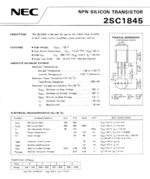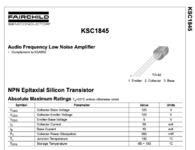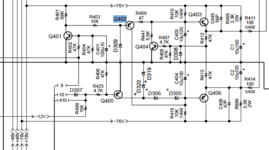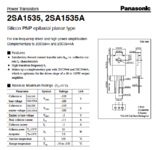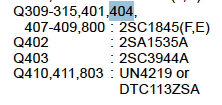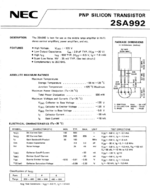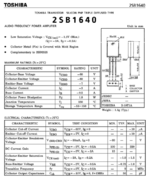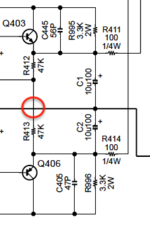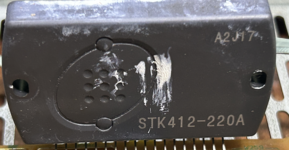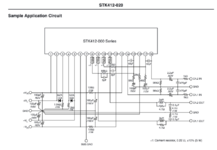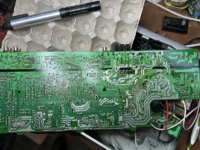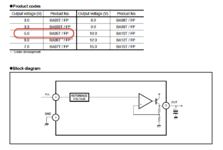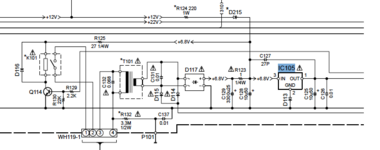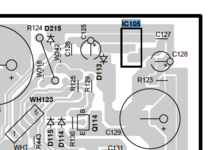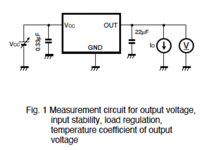As I see it when Q403 & Q406 are on, the STK413 chip gets +46/-46V supplies for its voltage amplifying stages. When Q403 & Q406 are off, the STK chip gets +76/-76V. The STK chip switches the power lines for its high current output stage internally.
Q403 & Q406 are switched off when appropriate by Q402, via Q401. The 4 zeners (D305/D306/D319/D320) set the 46V reference. Q404 puts the brakes on Q403 when the junction of R412 & R413 goes to far above Gnd, so the +46V line tracks the -46V line.
Q405 is manipulated by the output relay switch (Q410) and by the microprocessor via D307 (3.9V Zener).
Q401 is manipulated by the same uProc. I suppose it keeps an eye on signal dynamics and knows when 76V lines are needed.
I suspect that all works OK if the amp did play.
Seat of my pants says that either there is oscillation in the power amps, or there is a dry joint somewhere, most likely somewhere where there is significant current flow. But it could even be the bypass caps around the uProc that have gone dry.
What I also notice is that there is no bypassing on pin 12 & 13 on the STK chips. So the voltage amplifier stages will be talking to each other. At 46V and 76V they are all driven from 100 Ohm (R411 & R414) The STK datasheet recommends 100uF from each of those pins (pin 12&13) to Gnd.
Now whether the present arrangement without bypass caps will cause oscillation I can't say. It must have worked before. But it might be instructive to put a scope on those speaker outputs to see what's there. Oscillation might trip the over-current protection, the more so if C336 has gone the way of all things. If it is not in very good shape any low freq might also cause a trip of the protection, and it can be Temperature related. Its neighbour C335 checks symmetry of the supply lines and may also be a culprit though it seems less likely. Dry joints in the supplies will trip this circuit. Both these protection systems talk to the uProc (PROT1 & PROT2)
I have learnt that most of the time it helps to be a bad loser. Blood from a stone works for me most days. But if that amp was mine I'd have kicked it down the stairs by now. Modern things are needlessly complicated. Much respect to you for still trying


